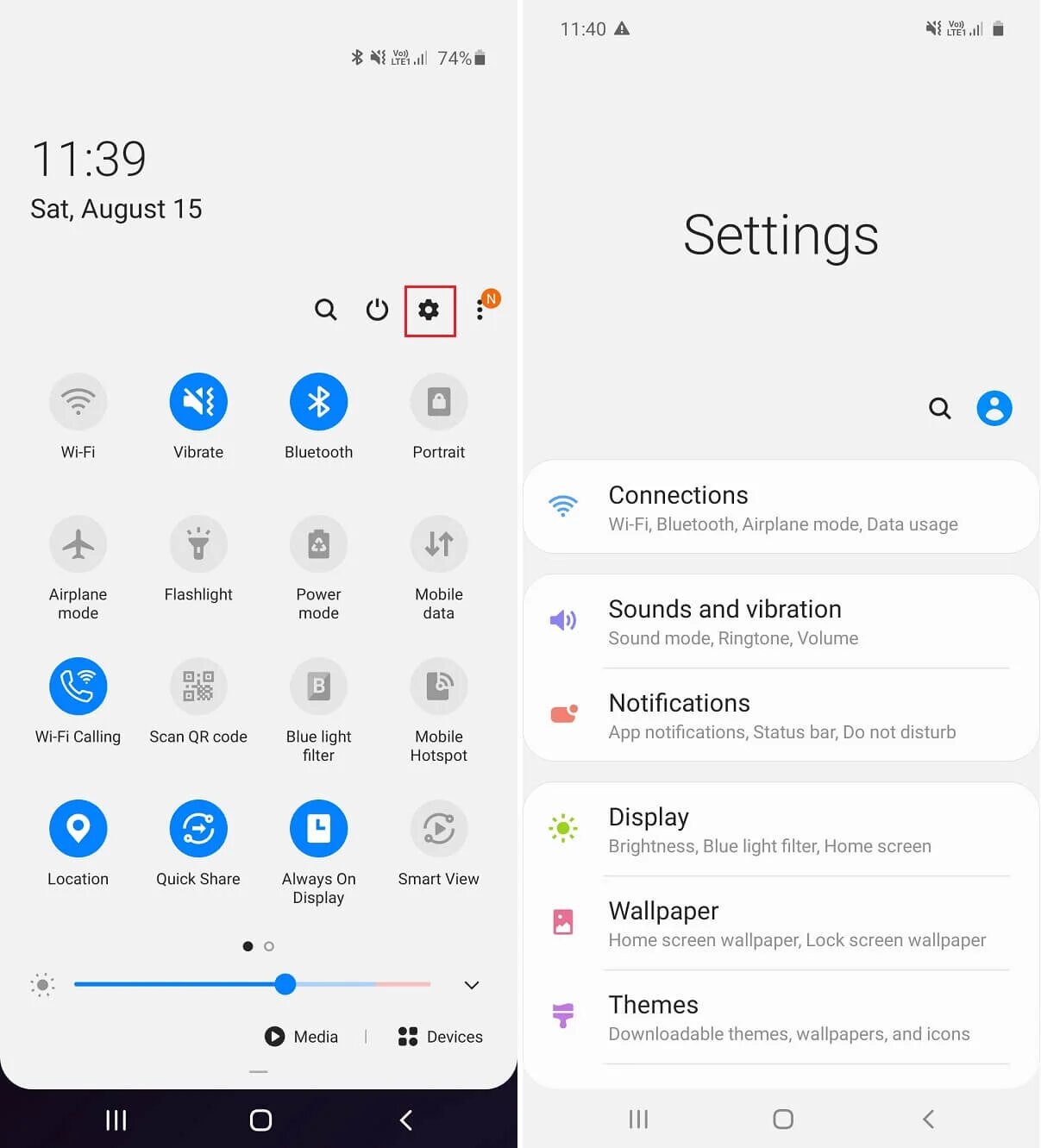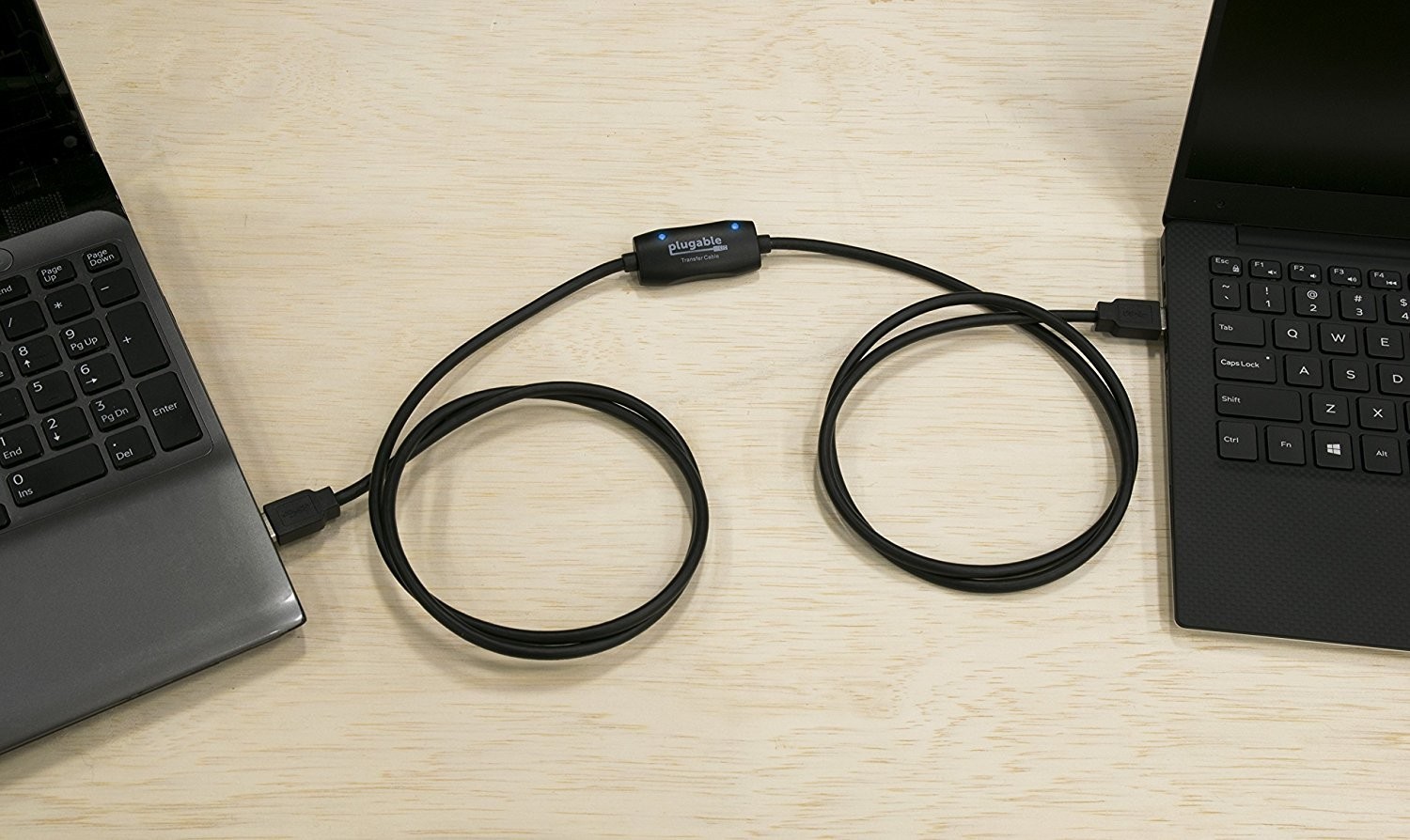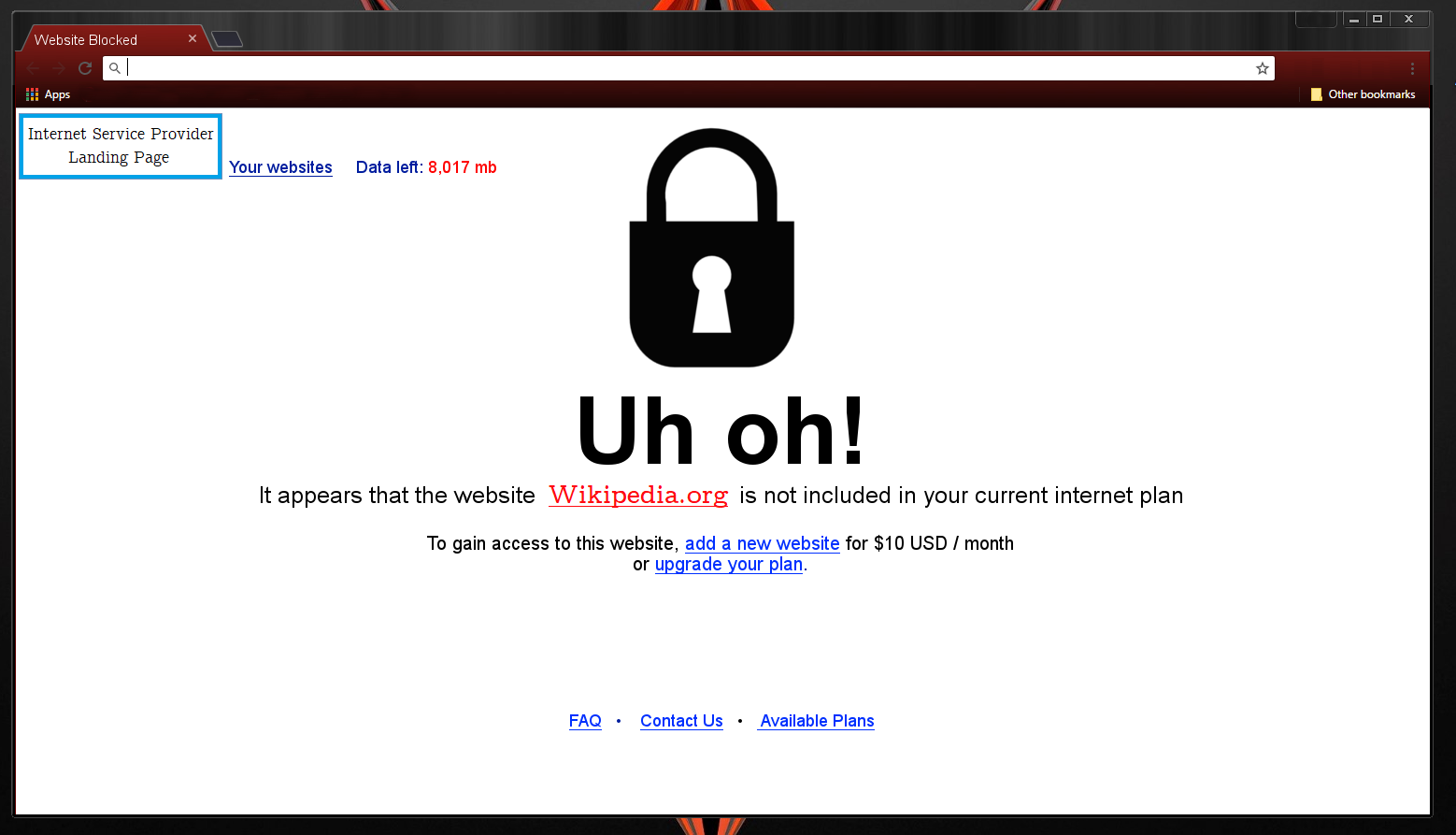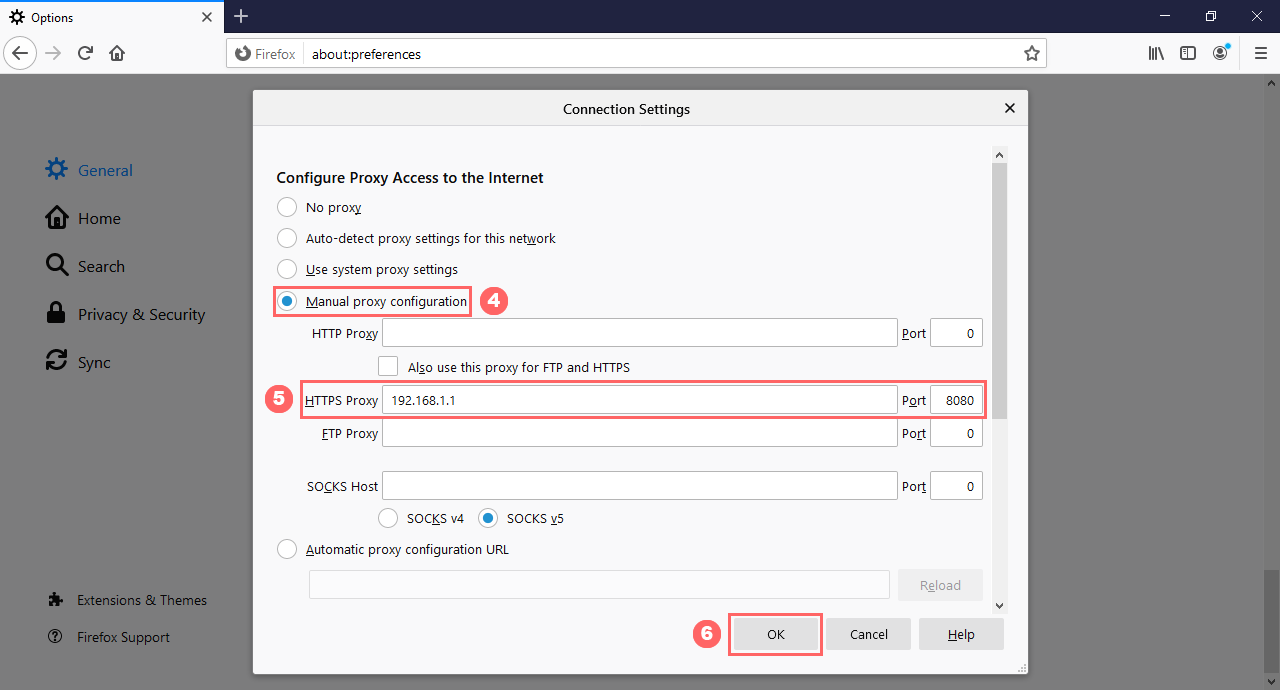Introduction
Welcome to our guide on finding your proxy server address! Proxy servers play a crucial role in today’s digital landscape by serving as intermediaries between users and the internet. They provide increased privacy, security, and control over internet connections, making them an essential tool for individuals and businesses alike. Whether you need to configure a proxy server for your system, troubleshoot network issues, or simply want to learn more about proxy servers, this article will guide you through the process of finding your proxy server address on various platforms and browsers.
Understanding how proxy servers work is the foundation for effectively navigating and managing your internet connection. Proxy servers act as middlemen between your device and the websites you visit. When you access a webpage through a proxy server, the server forwards your request to the target website and retrieves the webpage on your behalf. This process allows you to browse the web anonymously and bypass certain restrictions imposed by your network or region.
Now that we have a basic understanding of proxy servers, let’s dive into how to find your proxy server address on different operating systems and browsers.
Understanding Proxy Servers
Proxy servers serve as intermediaries between your device and the internet. When you connect to the internet through a proxy server, the server acts as a gateway and relays your requests to other websites. This process offers several benefits, including enhanced security, privacy, and network performance.
One of the primary functions of a proxy server is to mask your IP address. When you access a website directly, your IP address is exposed, revealing your approximate geographical location and potentially compromising your privacy. However, when you connect through a proxy server, the server’s IP address is displayed to the website instead of your own, protecting your identity and location.
Proxy servers also enable access to geo-restricted content. By routing your internet traffic through servers located in different countries, you can bypass regional restrictions and access websites, streaming services, or online content that may be limited in your location.
Another advantage of proxy servers is the caching feature. When you request a webpage through a proxy server, it stores a copy of the requested content. Subsequent requests for the same webpage can be fulfilled by the cached version, resulting in faster loading times and reducing bandwidth usage.
Proxy servers can be classified into different types based on their functionality and purpose. Here are a few common types:
- Web Proxies: These are web-based proxy servers accessed through a website or web browser. They are the most straightforward type of proxy server and are commonly used for anonymous browsing and content access.
- Reverse Proxies: Reverse proxies serve as intermediaries between the internet and web servers. They help improve performance, load balancing, and security for websites by distributing traffic and caching content.
- Forward Proxies: Forward proxies are used by clients to access resources on the internet indirectly. They are commonly used in corporate environments to control and monitor internet access.
Now that we have explored the fundamentals of proxy servers, let’s move on to the various methods of finding your proxy server address on different operating systems and browsers.
Finding Proxy Server Address on Windows
Windows operating systems provide several methods for finding your proxy server address. Here are two common ways:
- Using Command Prompt:
- Press the Windows key + R to open the Run dialog box.
- Type “cmd” and press Enter to open the Command Prompt.
- In the Command Prompt, type “ipconfig” and press Enter.
- Look for the “Proxy Server” or “Proxy” section. The address will be displayed next to “Address” or “Server.”
- Through Network Settings:
- Click on the Start menu and navigate to Settings (gear icon).
- Select “Network & Internet” and go to the “Proxy” tab.
- Under the “Manual proxy setup” section, you will find the proxy server address and port number.
Once you have obtained the proxy server address, you can configure it for your browser or system-wide network settings.
Please note that these instructions may vary slightly depending on the version of Windows you are using. It is also important to note that if your network is set up to use an automatic configuration script (PAC file), the proxy server address may be specified within the script rather than in the network settings.
Now that you know how to find the proxy server address on Windows, let’s explore how to find it on a Mac.
Finding Proxy Server Address on Mac
Mac computers provide simple ways to locate your proxy server address. Here’s how you can find it:
- Using System Preferences:
- Click on the Apple menu and select “System Preferences.”
- Select “Network.”
- Choose the network interface you are connected to (Wi-Fi, Ethernet, etc.) from the list on the left.
- Click on the “Advanced” button.
- Go to the “Proxies” tab.
- You will find the proxy server address and port number in the “Web Proxy (HTTP)” section.
- Using Terminal:
- Open the Terminal application.
- Type “networksetup -getwebproxy Wi-Fi” (replace “Wi-Fi” with the appropriate network interface if necessary).
- Press Enter.
- You will see the proxy server address and port number displayed.
Once you have obtained the proxy server address, you can configure it for your browser or system-wide network settings on your Mac.
Keep in mind that these instructions may vary slightly depending on the version of macOS you are using. Additionally, if your network uses an automatic proxy configuration file (PAC file), the proxy server address may be specified within the file itself.
Now that you have learned how to find the proxy server address on a Mac, let’s move on to finding it on Linux.
Finding Proxy Server Address on Linux
Linux gives you various methods to discover your proxy server address. Here are a couple of ways:
- Using Environment Variables:
- Open a terminal on your Linux system.
- Type the command “echo $http_proxy” and press Enter.
- The proxy server address and port number will be displayed.
- Checking Network Configuration Files:
- Navigate to the “/etc” directory.
- Look for the network configuration file relevant to your network interface (e.g., “/etc/environment” or “/etc/profile”).
- Open the file using a text editor.
- Search for the line specifying the proxy server address.
Once you have obtained the proxy server address, you can configure it for your browser or set it system-wide on your Linux machine.
It’s worth noting that the specific commands and file locations may vary depending on the Linux distribution you are using. Additionally, if your network employs an automatic proxy configuration file (PAC file), the proxy server address may be specified within the file itself.
Now that you know how to find the proxy server address on Linux, let’s move on to finding it on Google Chrome.
Finding Proxy Server Address on Chrome
If you’re using the Google Chrome browser, you can easily find the proxy server address using the following steps:
- Open Chrome and click on the three vertical dots in the top-right corner to open the menu.
- Select “Settings” from the dropdown menu.
- Scroll down and click on “Advanced” to expand the advanced settings.
- Under the “System” section, click on “Open proxy settings.”
- In the “Internet Properties” window that opens, go to the “Connections” tab.
- Click on the “LAN settings” button.
- In the “Local Area Network (LAN) Settings” window, check the “Proxy server” section.
- The proxy server address and port number will be displayed.
Once you have located the proxy server address, you can configure it accordingly within Google Chrome or any other browser you prefer to use.
Please note that these instructions are specific to the Google Chrome browser and may slightly vary in different versions or operating systems.
Now that you know how to find the proxy server address in Google Chrome, let’s explore how to find it in Mozilla Firefox.
Finding Proxy Server Address on Firefox
If you’re using the Mozilla Firefox browser, you can easily find the proxy server address using the following steps:
- Open Firefox and click on the three horizontal lines in the top-right corner to open the menu.
- Select “Options” from the dropdown menu.
- In the left sidebar, click on “General.”
- Scroll down to the “Network Settings” section.
- Click on the “Settings” button.
- In the “Connection Settings” window that opens, select the “Manual proxy configuration” option.
- The proxy server address and port number will be displayed in the respective fields.
Once you have located the proxy server address, you can modify the settings within Firefox to use the desired proxy server for your browsing needs.
It’s important to note that these instructions specifically apply to the Firefox browser and may vary slightly depending on the version you are using.
Now that you know how to find the proxy server address in Mozilla Firefox, let’s move on to finding it in Apple Safari.
Finding Proxy Server Address on Safari
Locating the proxy server address in Apple Safari can be done by following these simple steps:
- Open Safari on your Mac.
- Click on “Safari” in the menu bar at the top of the screen.
- Select “Preferences” from the dropdown menu.
- In the Preferences window, click on the “Advanced” tab.
- Enable the “Show Develop menu in menu bar” option.
- Close the Preferences window.
- Click on “Develop” in the menu bar.
- Select “Web Inspector” and click on the “Network” tab in the Web Inspector window.
- Visit a website or refresh an existing page.
- In the Web Inspector window, you will find the proxy server address under the “Request Headers” section.
Once you have found the proxy server address, you can configure it according to your needs within Safari’s network settings or use it in other applications or browsers if required.
Please note that these instructions are specific to Safari on Mac and may differ slightly depending on the version of Safari you are using.
Now that you know how to find the proxy server address in Safari, let’s move on to finding it on mobile devices running iOS and Android.
Finding Proxy Server Address on Mobile Devices (iOS and Android)
Whether you are using an iOS device (iPhone or iPad) or an Android device, finding the proxy server address involves different steps for each platform.
For iOS Devices:
- Go to the “Settings” app on your iOS device.
- Tap on “Wi-Fi” or “Cellular” depending on the network connection you are using.
- Tap on the name of the connected network.
- Scroll down and tap on the “HTTP Proxy” or “Configure Proxy” option.
- Here, you can see if the proxy is set to “Off” or “Manual.” If set to “Manual,” the address and port number will be displayed below.
For Android Devices:
- Open the “Settings” app on your Android device.
- Tap on “Network & internet” or “Connections,” depending on your device.
- Tap on “Wi-Fi” or “Mobile Network,” depending on the type of connection you are using.
- Tap and hold on the name of the connected network.
- Select “Modify network” or “Advanced options.”
- Scroll down and check the “Proxy” or “Manual” option.
- The proxy server address and port number will be shown if the manual option is selected.
Once you have found the proxy server address on your mobile device, you can configure it in the network settings or proxy settings of individual apps, depending on your requirements.
Please note that the exact steps may slightly vary depending on the version of iOS or Android you are using.
Now that you know how to find the proxy server address on iOS and Android, let’s move on to the next step: testing the proxy server connection.
Testing Proxy Server Connection
After finding the proxy server address, it’s crucial to ensure that the connection is functioning correctly. Here are a few methods you can use to test your proxy server connection:
- Browser Test: Open your preferred browser and confirm that web pages are loading correctly. Check for any performance issues or error messages that may indicate a problem with the proxy server configuration.
- IP Address Check: Use a reliable IP address checking website or service to verify that your IP address is different from your original IP. This confirms that your proxy server is successfully masking your identity online.
- Speed Test: Use an internet speed testing website or application to assess your network speed while connected to the proxy server. Compare the results with your usual network speed to ensure that the proxy server is not significantly affecting your browsing experience.
- Geolocation Test: Visit a geolocation testing website or service to determine the location associated with your IP address. Confirm that the displayed location corresponds to the proxy server’s location, as this demonstrates that the proxy server is effectively rerouting your internet traffic.
If you encounter any issues during the testing process, double-check the proxy server address and ensure it has been entered correctly in your network settings or browser configuration. If the issues persist, contact your network administrator or refer to the documentation provided by your proxy server provider for further assistance.
Testing the proxy server connection ensures that you are utilizing the proxy server for improved privacy, security, or access to restricted content. It helps verify that your internet traffic is routed through the proxy server as intended.
Now that you have tested your proxy server connection, you are ready to reap the benefits of using a proxy server for your online activities.
Conclusion
In conclusion, knowing how to find your proxy server address is essential for configuring your network settings, optimizing your browsing experience, and ensuring your online privacy and security. Proxy servers act as intermediaries between your device and the internet, offering benefits such as IP address masking, access to geo-restricted content, and caching for improved performance.
We explored various methods for finding the proxy server address on different operating systems and browsers. On Windows, you can use Command Prompt or navigate through Network Settings. On Mac, you can find it through System Preferences or by using Terminal. Linux provides options such as checking environment variables or network configuration files.
For Chrome and Firefox, the proxy server address can be found in their respective browser settings. In Safari, you can locate it through the Web Inspector. On mobile devices running iOS or Android, the proxy server address can be found in the Wi-Fi or Cellular network settings.
After finding the proxy server address, it’s important to test the connection to ensure that it’s working correctly. You can perform browser tests, check your IP address, conduct speed tests, and verify geolocation to confirm the functionality of the proxy server.
By understanding how to find your proxy server address and test its connection, you can take full advantage of the benefits that proxy servers provide. Whether you’re looking to enhance privacy, access restricted content, or improve network performance, using a proxy server can significantly enhance your online experience.
So, go ahead and leverage the power of proxy servers to personalize and optimize your internet connection for a seamless and secure browsing experience.

























